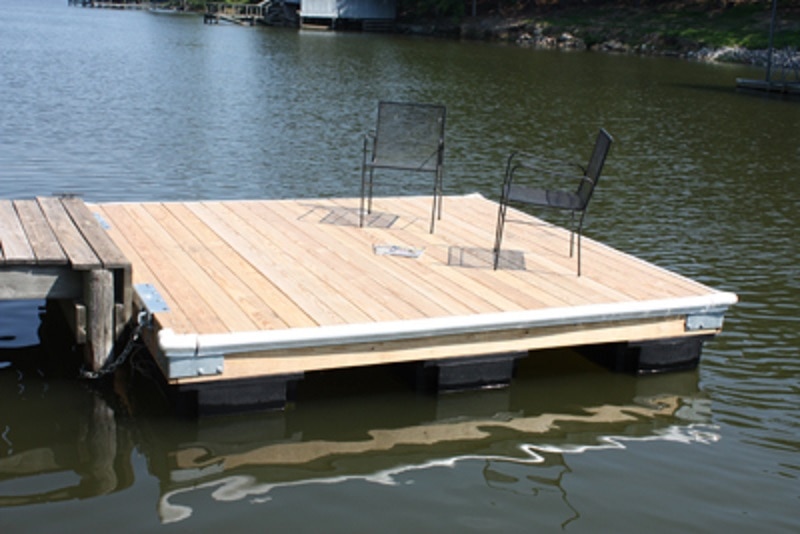



Many require the ability to change the configuration from time to time depending on use and need. Smaller docks may need to have the ability to be taken out of the water during off seasons. But floating docks are built differently they’re more flexible as they need to be able to adjust with varying water levels and general movement. And when building a traditional dock this may be true. Many people think of docks and boardwalks as one, continuous piece of construction. Take a look at these considerations and design ideas to help you make the most of your floating dock system. Like all docks, floating platforms have specific needs due to their placement on the water. So smaller beaches on lakes can still have swimming areas, while accommodating a larger group of boats or other watercrafts. It gives more people access to an area and doesn’t necessarily impede access from the beach itself. A floating dock allows you to tie off more boats. Situations like these, is where floating docks prove to be the perfect solution. And with only so much real estate available on existing docks, marinas and waterfront properties, expansion can be a difficult task. As the popularity of boating and watersports grows, so does the need for marinas and docking areas to grow and expand their capacity to harbor boats.


 0 kommentar(er)
0 kommentar(er)
